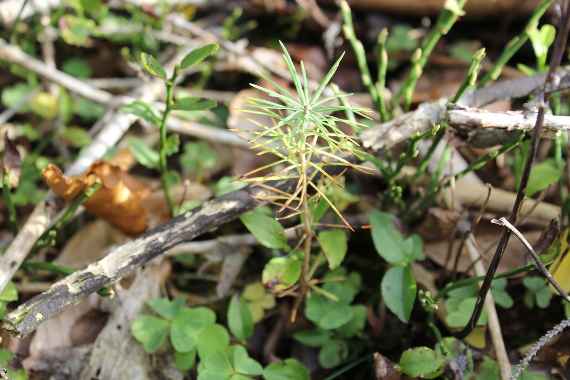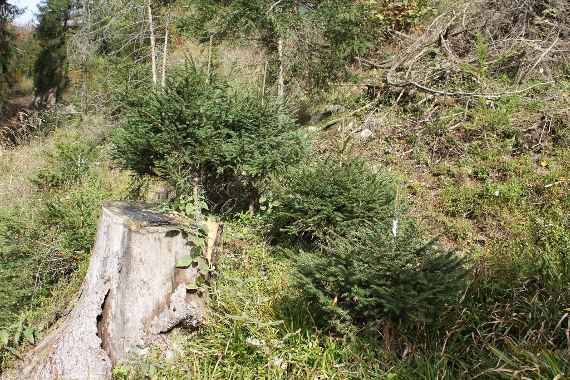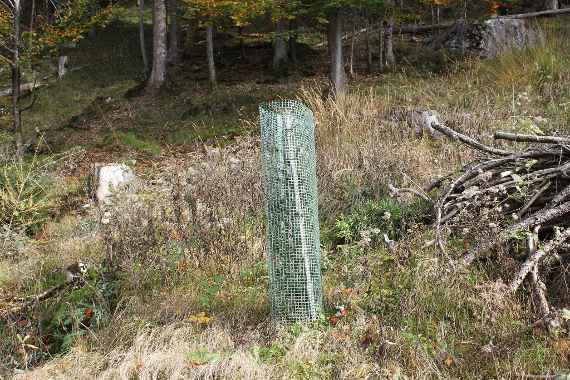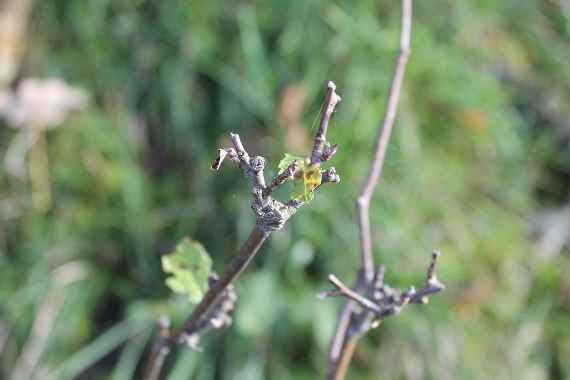Nature is constantly changing, it never stands still. The forest ecosystem itself is also characterized by dynamics - from seedlings to the dying giant tree – a constant flow of new development is present. If mountain forests are meant to protect our society from natural hazards, stability and a high number of healthy trees are required above all. In order to maintain those in the long term, the protective forest requires constant interventions and measures. Diseased or even dead trees are felled to create space and light for young, new trees. This results in a mix of small and large, thin and thick trees.
Protective forests are ideally renewed by natural regeneration, meaning that the trees itself provides new seedlings and young trees. However, improvements can also be achieved through targeted reforestation. The right selection of tree species and planting material is particularly important. New generations of trees in the protective forest should feel comfortable with future climate and the prevailing soil!
Regeneration of forests secures the future of our "green protective infrastructure" against natural hazards!
The shoots of these young spruces have already many times been a tasty meal for wild animals. These so-called "Kollerbüsche" remain behind in their height growth, a regeneration and rejuvenation of the protective forest is therefore extremely difficult. The protective effect of the forest is strongly reduced on this area, the protection against natural hazards is therefore not fulfilled.
It is often necessary to protect young trees from being bitten by wild animals such as deer, stags, chamois or rabbits.
Repeatedly bitten off shoots cause a slowed down development of the tree.




